Nagsh-e Jahan ( Pattern of the World) Square is the most spectacular, most magnificent sight of Esfahan. No matter how many descriptions of it one may have previously heard or read, the first sight of it is sure to provoke a gasp of astonishment. Today this magnificent plaza has been renamed, and is now called Imam Square. A huge arena of more than 80,000 sq. m. – 510 m long and 163 m wide – it is the second largest historical square in the World, second only to Beijing’s Tiananmen Square.

Photo by : Bahare Beheshti
Housing Some of the most majestic structures of the Islamic world, Naqsh-e Jahan is designated by UNESCO as a universal heritage site. (For a short While, the square was removed from the UNESCO list because the World Heritage Committee maintained that the neighboring Jahan Nama tower intruded the aerial buffer zone of the square. The 500 thousand dollar project provided by the Iranian president and actions of the Modification Committee helped to resolve the problem.) The square dates from 1602.

Naqsh-e Jahan Square by Pascal Coste
Prior to the Safavid period, the ground on which it was laid out was occupied by the spacious Nagsh-e Jahan garden. At that time, Meydan-e Kohneh (“Old Square”), opposite the Congregational Mosque (pp. 12-120), formed the city’s centre. However, when Esfahan was chosen a capital, Shah Abbas’s ambitions prompted him to Create a new axis for the city’s development. The new square was laid out on the site of the former garden to the southwest of Old Square. It was designed by Ali Akbar Esfahani, the celebrated architect at Shah Abbas’s court. The new architectural masterpiece was arranged in a north-south direction. Due to this orientation, both mosques — the Royal (Imam) Mosque along the square’s south side and the Sheikh Lotfollah Mosque on its east side – had to be angled so that their qibla walls would be aligned toward Mecca.

The orientation of the square was determined by pre-existing patterns; the rest derived from the genius of its architect. Two other majestic buildings complete the magnificence of the square: the palace of Ali Qapu and the Qeysariyeh Portal of the Great Bazaar. The square is surrounded by arcaded structures two stories high. In the past, they housed trade sites, public places, and Service quarters for the palace. At present, ground floor of the buildings around the square is allocated to the handicrafts market, while the upper floor is planned to accommodate the museum of Esfahan’s history. In the past, the Square could be entered through twelve gates, the most important of which was the Qeysariyeh – that of the bazaar. The present entrances to the square are located at the corners. Since the time of its founding, the Square has fortunately experienced only minor alterations. Among the structures that have disappeared are the clock tower to the north of the Sheikh Lotfollah Mosque and the Drum House on top of the Qeysariyeh Portal. On the other hand, there have been several later additions: formal lawns and a pool in the middle of the square. These come from the Pahlavi period.

Although now Naqsh-e Jahan still has particular importance in the city’s life, during the Safavid period the square was even more significant. In the days of its glory it was always crowded with people. During the daytime it was occupied by peddlers who spread out their wares on the ground. The space near Ali Qapu, however, was always kept clear to preserve access to the palace. Once a week peasants from the surrounding villages gathered to sell their goods. Beside the buyers and the sellers, there were also story-tellers, jugglers, and acrobats, without whom no picture of an oriental market could be complete.
In the lower galleries near the entrance to the bazaar were the coffee-houses always full of coffee-drinkers and tobacco-smokers. To these men a clergyman usually delivered lectures on history, poetry, and law. The upper galleries were mostly occupied by shops. Round the square, water flowed in a canal lined with a row of plane trees. In the evenings, the square was cleared so that it could be used for polo or for some form of pageantry. It was then lit with as many as 50,000 lamps.
A pair of marble polo goalposts at either end of the square and a all mast were the only permanent structures in its central part. The goalposts (though somewhat educed) have survived. Their capping resembles the headgear fashionable during the Safavid rule. The courtiers were always willing to practice active sports. Shah Abbas I himself was an excellent polo player. Whenever he hit the ball, the trumpets in the Drum House sounded a fanfare. When the shah was not playing himself, he usually watched the game from the balcony of Ali Qapu. Sadly, in Iran that was once a motherland of the sport, polo is now totally neglected. The mast in the middle of the square served for archery practice. At a later date it was replaced by an execution pole. Another event which began and ended in the square was the cross country race held periodically for those who wanted to qualify as shatirs, or – Royal runners.
Although magnificent at any time, Naqsh-e Jahan Square is particularly awesome in the evening when the buildings and fountains are illuminated.

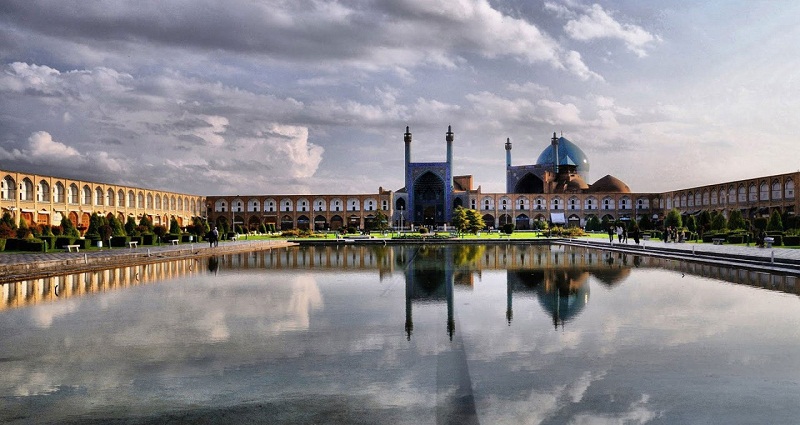
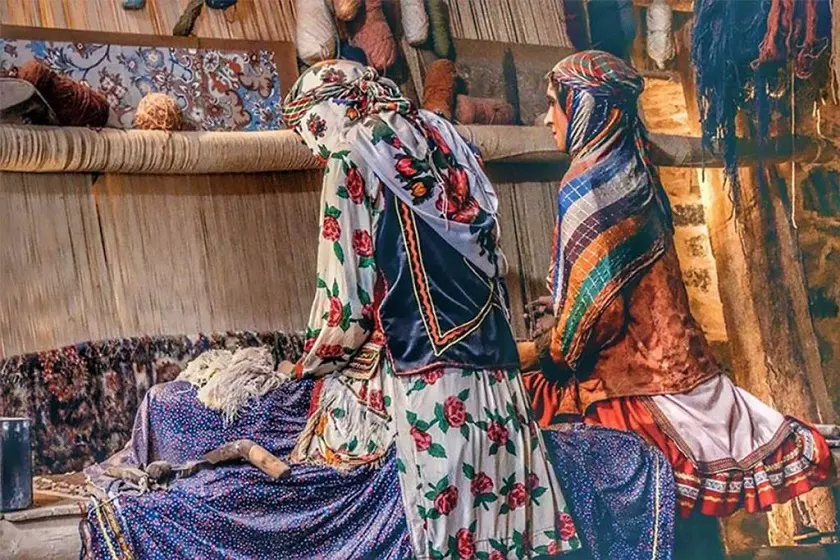

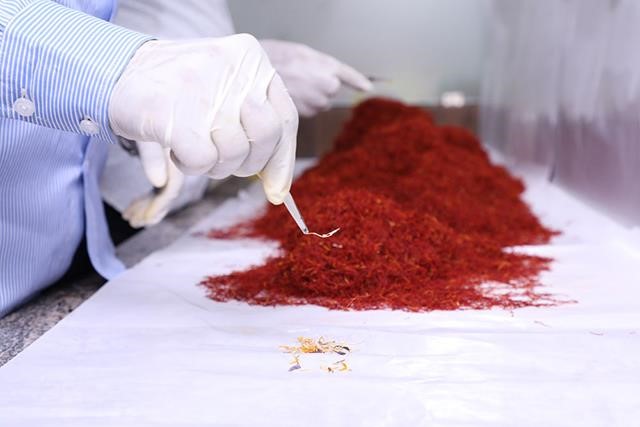
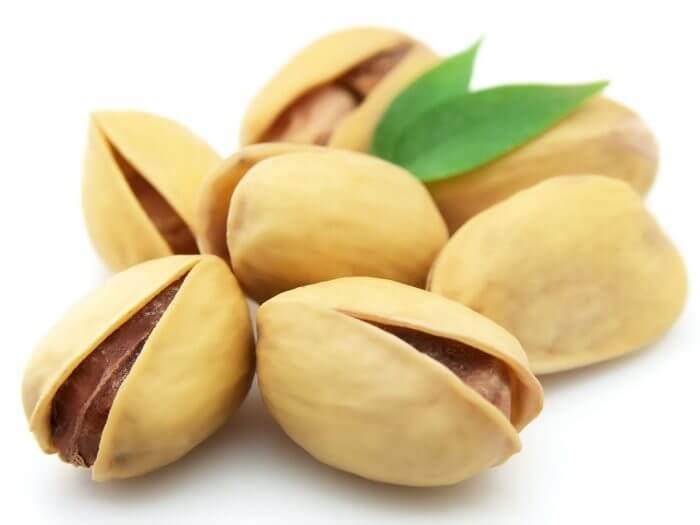
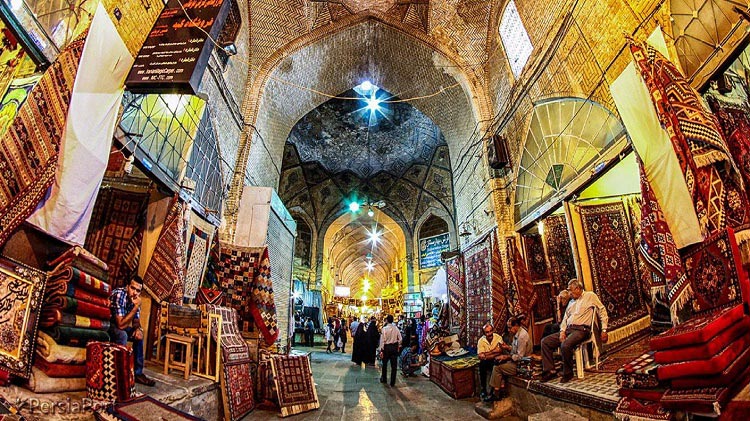
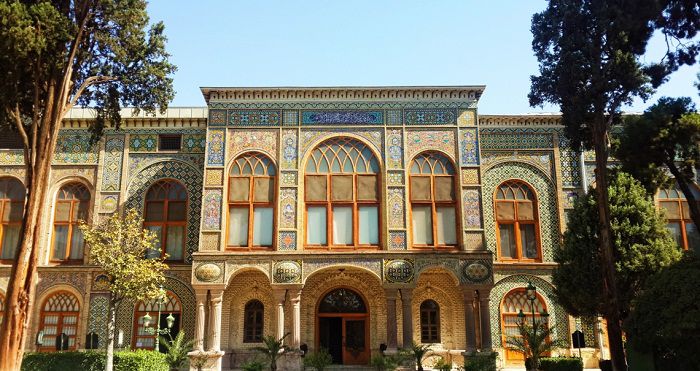
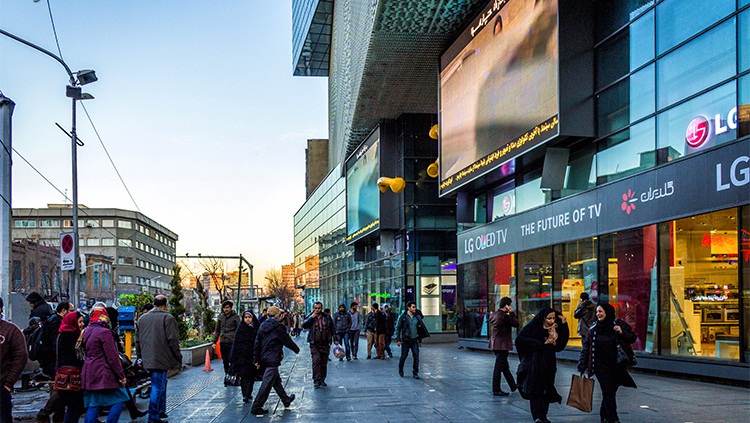
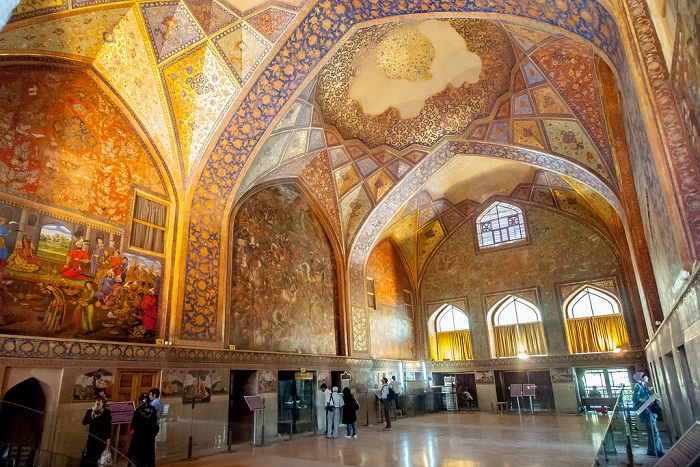
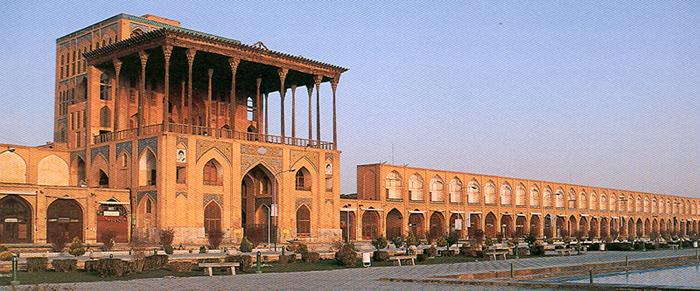
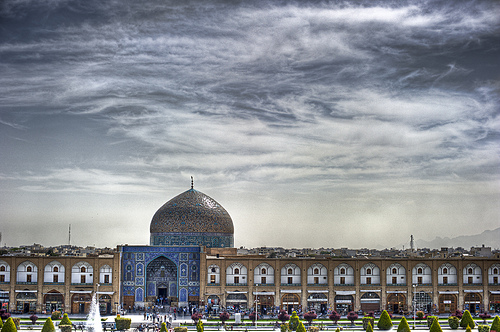
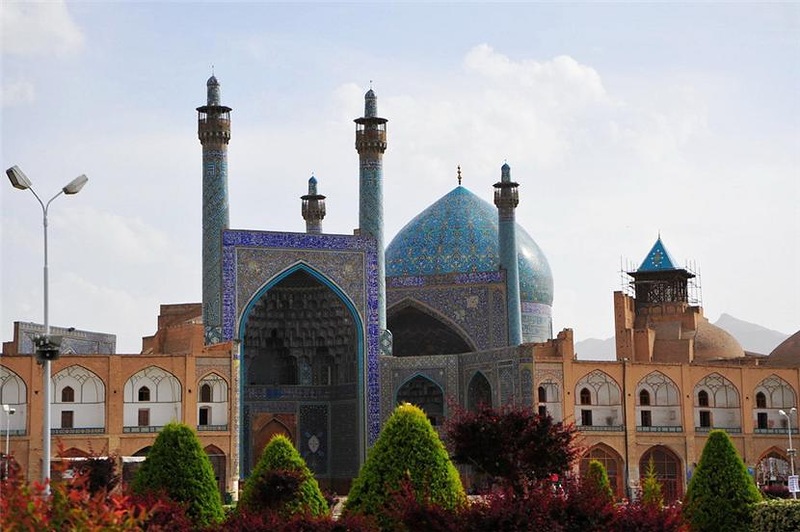
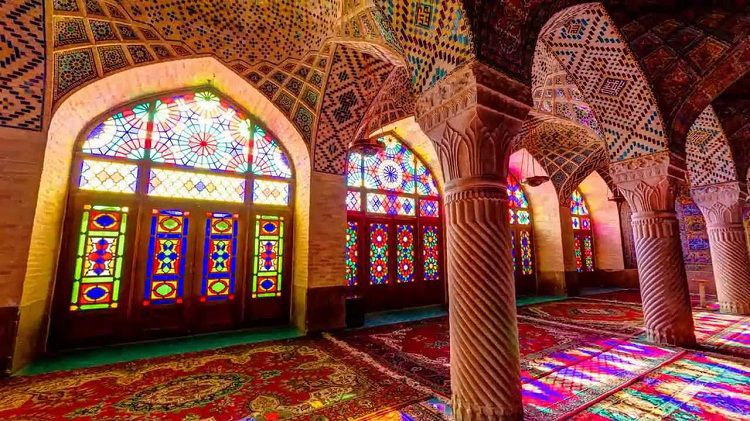
Is there any suggestion from your website about hotels around Naghsh e Jahan?
Is it possible to help me fine local guide for one day in Isfahan?
Hello, I need to know about top ten tourism attarctions in Isfahan.